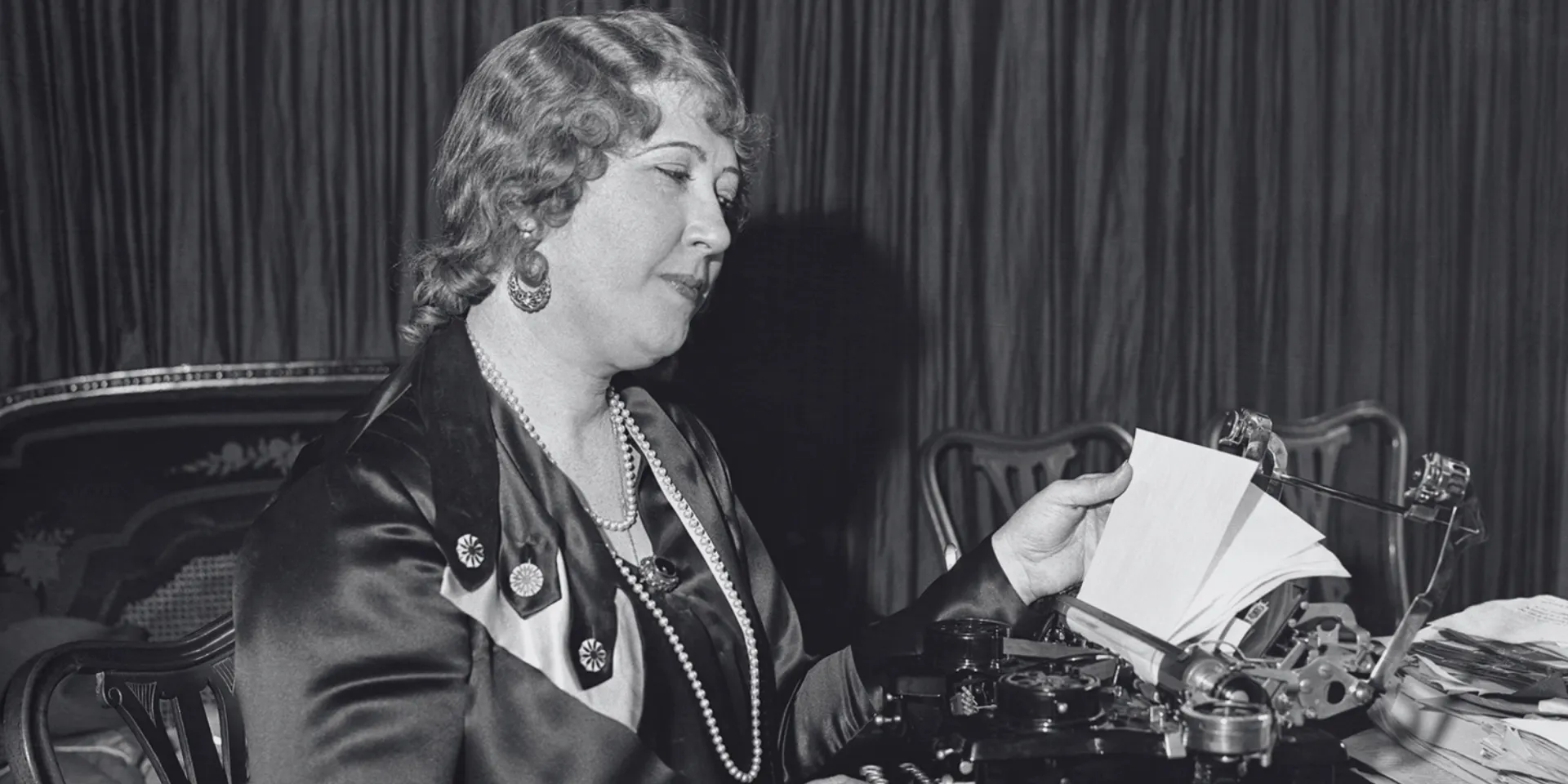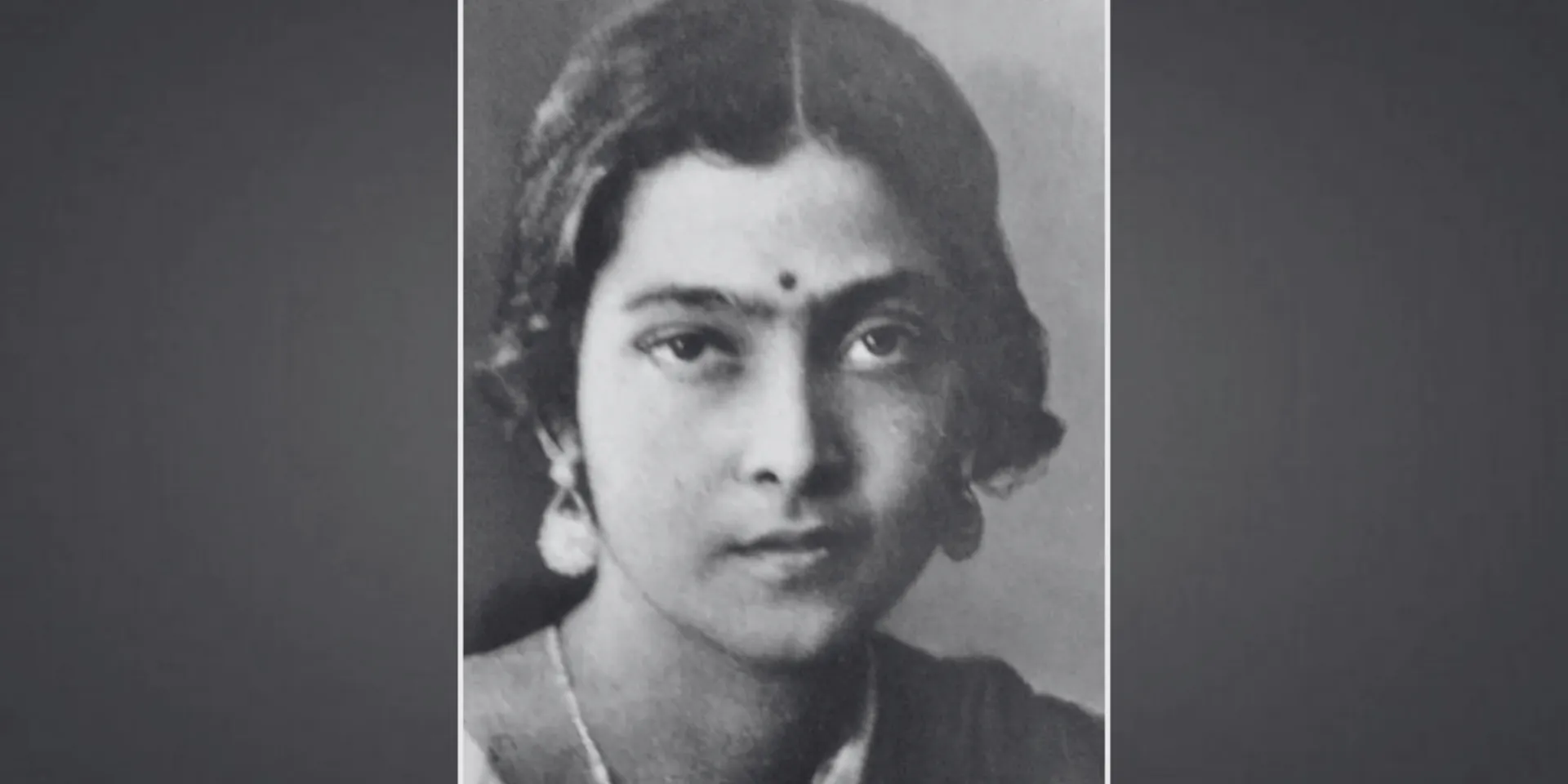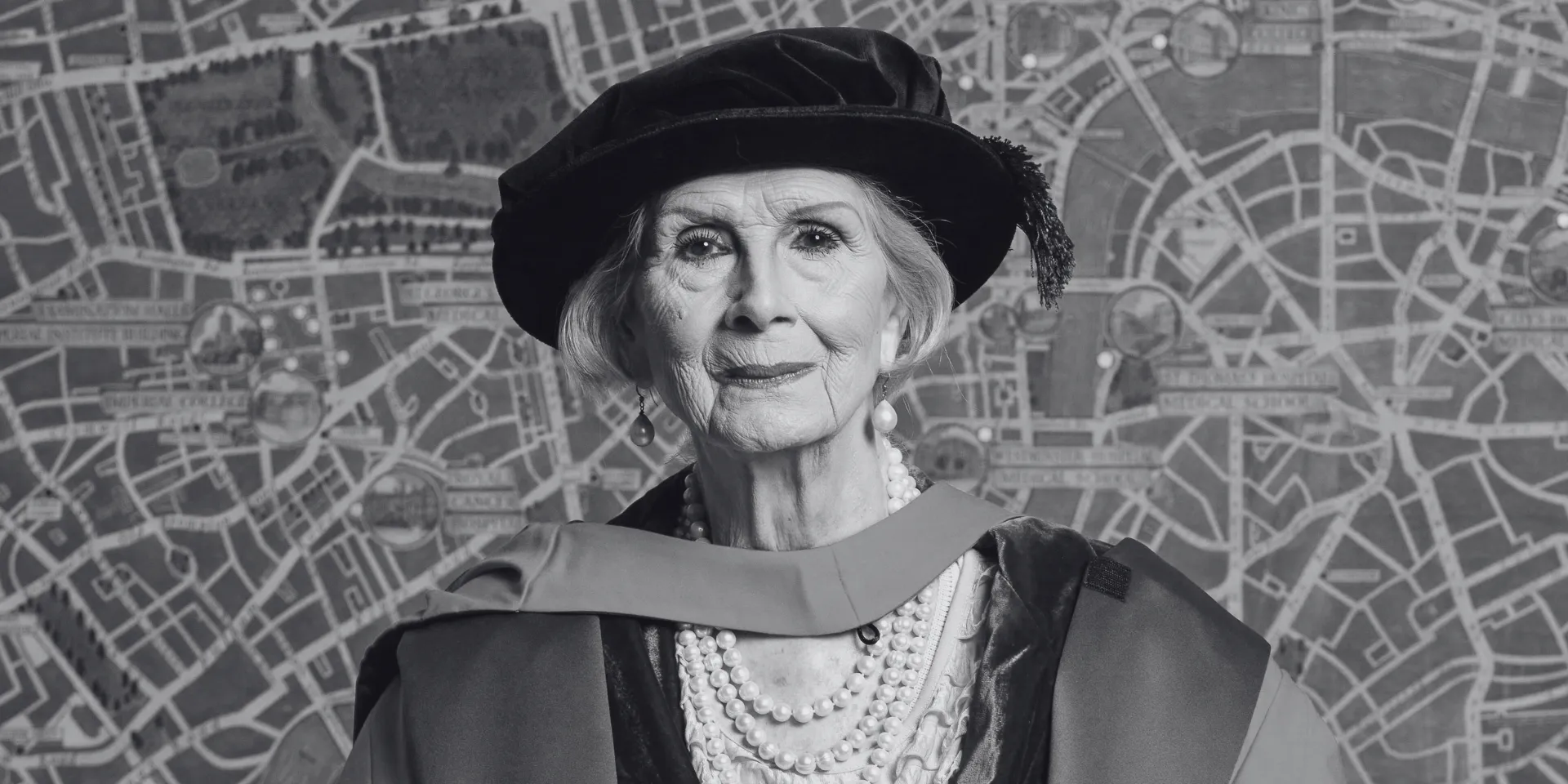Contents
ToggleOn a cold April night in 1777, while most 16-year-olds were asleep in their beds, a teenage girl mounted her horse and rode into the darkness. By the time the sun rose, she had covered twice the distance of Paul Revere’s famous ride, rallied 400 militiamen, and helped turn the tide of a crucial Revolutionary War battle.
Yet for over a century, her name was erased from history books while men who did far less became household names.
Early Life in Colonial New York
Sybil Ludington was born on April 5, 1761, in Fredericksburg, New York, the eldest of twelve children. Her father, Henry Ludington, owned a gristmill and had fought in the French and Indian War before volunteering to lead the local militia when the Revolution began. Her mother, Abigail, managed the household and the constant stream of military messengers who arrived at their home, which served as a regional command post.
Growing up in a military household during wartime meant Sybil wasn’t raised like typical colonial girls. While other young women her age focused solely on domestic duties, Sybil learned to read military dispatches, understand troop movements, and recognize the urgency of wartime communications. She helped her mother care for wounded soldiers who stopped at their home and listened to strategic discussions between her father and his officers.
The Ludington home sat at a strategic crossroads, making it a natural gathering point for the local militia. This meant Sybil grew up surrounded by talk of revolution, liberty, and the price of freedom. She knew every militiaman in the region by name, understood the local geography better than most adults, and had been riding horses since she could walk.
The Night That Changed Everything
April 26, 1777, started like any other evening at the Ludington household. Colonel Henry Ludington had dismissed his militiamen to plant their spring crops, as was common practice. The men were scattered across a 40-mile radius, tending to their farms and families. Then, at 9 PM, an exhausted messenger arrived with devastating news: British forces had attacked Danbury, Connecticut, burning the Continental Army’s supply depot and destroying irreplaceable military supplies.
The British force of 2,000 troops under General William Tryon had landed at Compo Beach and marched inland, meeting almost no resistance. They torched storehouses containing 5,000 barrels of pork and beef, 5,000 pairs of shoes, 2,000 bushels of grain, 1,600 tents, and medical supplies desperately needed by Washington’s army. Drunk on captured rum, British soldiers were now terrorizing civilians and burning homes.
Colonel Ludington faced an impossible situation. His men were scattered across Putnam County, each at their individual farms. There was no standing army, no instant communication system. Someone needed to ride through the night, farm by farm, to rally the militia. But the messenger who brought the news was too exhausted to continue, and Colonel Ludington couldn’t leave his post as commander.
Sybil stepped forward. She knew every path, every farmhouse, every shortcut through the dark woods. She had been preparing for this moment her entire life without knowing it.
The Midnight Ride
Sybil set out at 9:30 PM on her horse, Star, carrying only a stick to bang on doors and fend off highway robbers. The night was rain-soaked and moonless. The roads were muddy tracks through hostile territory where British sympathizers, deserters, and common criminals lurked in the darkness.
Her route took her south to Carmel, then through Mahopac, past Red Mills, and around Lake Mahopac. She rode to Stormville, then turned west to Pecksville before heading back north. At each farmhouse, she had to convince skeptical farmers that this wasn’t a trap, that a teenage girl really was summoning them to battle on her father’s orders.
“The British are burning Danbury! Muster at Ludington’s!” she shouted at each stop, banging on doors with her stick until lights appeared in the windows. Some men initially refused to believe her. A young girl riding alone at night with military orders challenged every social norm of the era. But Sybil persisted, using her detailed knowledge of the British movements and her father’s reputation to convince doubters.
The terrain she covered was treacherous even in daylight. The paths wound through dense forests where Loyalist sympathizers were known to ambush Patriot messengers. She crossed streams swollen with spring rain, navigated rocky ridges in complete darkness, and pushed through thick underbrush when she took shortcuts between farms. Her clothes were soaked through within the first hour, but she didn’t stop.
At one point near Mahopac, she encountered a group of men who tried to stop her. Whether they were bandits, Loyalists, or deserters isn’t clear from historical accounts, but Sybil used her stick to fight them off and escape. She knew that if she was captured, not only would the militia not be warned, but she would likely face brutal treatment as the daughter of a Patriot colonel.
The Battle’s Aftermath
By dawn on April 27, Sybil had covered 40 miles and successfully rallied 400 militiamen. Exhausted, rain-soaked, and covered in mud, she returned home to find the farmyard filled with armed men ready to march. Colonel Ludington led them to join forces with Continental regulars and Connecticut militia, catching the British forces at Ridgefield.
The Battle of Ridgefield proved to be a turning point. Although technically a British tactical victory, the fierce resistance from the hastily assembled American forces turned what should have been an easy British raid into a costly fight. The British lost between 150-200 men compared to American losses of about 20. More importantly, the aggressive American response made the British realize they couldn’t simply raid the countryside at will.
General Benedict Arnold, who commanded American forces at Ridgefield, specifically noted that the quick assembly of militia units had prevented the British from advancing further inland. Without Sybil’s ride, those 400 militiamen under her father’s command wouldn’t have arrived in time to help trap the British forces.
What happened next reveals everything about how history gets written and who gets to be remembered. Colonel Ludington’s official report mentioned only that “the militia was assembled during the night.” No mention of who did the assembling. No recognition that his teenage daughter had accomplished something extraordinary.
For 77 years, Sybil Ludington’s name appeared in no history books, no military records, no public monuments. Paul Revere, who rode 20 miles compared to Sybil’s 40, who was captured before completing his mission while Sybil succeeded completely, became a national hero immortalized in Longfellow’s poem. Sybil became invisible.
When Sybil applied for a military pension in 1838 based on her husband’s service, she didn’t even mention her own ride. Think about that. She performed one of the most heroic acts of the Revolutionary War, and she had been so thoroughly conditioned to minimize her contribution that she didn’t think it worth mentioning when asking for financial support in her old age.
The first written account of her ride didn’t appear until 1880, when historian Martha Lamb included a brief mention in her history of New York. Even then, Lamb had to piece together the story from family letters and local oral traditions because official military records had simply erased Sybil’s contribution.
Recent archaeological evidence suggests the British were specifically targeting the Ludington home that night, not just Danbury. Papers discovered in British military archives indicate they knew Colonel Ludington was a key militia commander and planned to capture or kill him after destroying the Danbury supplies. Sybil’s ride didn’t just rally troops; it likely saved her father’s life and prevented the collapse of regional Patriot resistance.
Local court records from 1778 show that several Loyalist families were prosecuted for attempting to provide information about militia movements to the British. During these trials, testimony emerged about a young woman who had “frustrated their intelligence” by raising the alarm faster than British sympathizers could react. While Sybil isn’t named directly, the dates and locations match her ride.
Perhaps most telling is what happened to the Ludington family after the war. Despite Colonel Ludington’s prominent military service, the family struggled financially. They received no special recognition, no land grants, no positions in the new government. Meanwhile, men who had done far less but had better political connections received generous rewards. The message was clear: heroism only counted if you were the right gender.
Sybil herself lived a hard life after her moment of glory. She married Edmond Ogden at 23, had a son, and was widowed by 38. She spent her later years in relative poverty in Unadilla, New York, dying in 1839. No military honors at her funeral. No speeches about her service to the nation. Just another forgotten woman buried in a small-town cemetery.
The Revolutionary She Really Was
Modern historians who question Sybil’s ride reveal their own biases more than any historical truth. They demand written documentation from an era when women’s contributions were systematically excluded from official records. They question whether a 16-year-old girl could have ridden 40 miles in one night, yet never question similar feats by young men.
The truth is that women like Sybil were essential to the Revolutionary War’s success. They carried intelligence, managed supply lines, tended wounded soldiers, and yes, rode through dangerous territory to deliver vital messages. The colonial militia system depended on rapid communication, and women often provided it because they could move more freely than men, who might be detained as potential combatants.
What made Sybil truly revolutionary wasn’t just the miles she rode or the men she rallied. It was that she acted without permission, without precedent, without waiting for a man to tell her what to do. In a world that told women to be silent and submissive, she grabbed a stick, mounted a horse, and changed the course of a battle.
Consider the calculated courage it took. Sybil knew that if she was caught by British forces or their sympathizers, she wouldn’t be treated as a prisoner of war. The British had already shown their brutality toward colonial women who aided the Patriot cause. She rode anyway. She knew that even if she succeeded, she probably wouldn’t be recognized or rewarded. She rode anyway.
The Pattern of Erasure
Sybil’s story follows a pattern repeated countless times throughout history. A woman performs an extraordinary act. Men benefit from her action. Official records minimize or eliminate her contribution. Decades later, maybe centuries later, someone stumbles across a letter, a diary entry, a court record that hints at the truth.
HerWiki is built and maintained by the support of amazing readers like you. If this story inspired you, join the cause and help us make HerWiki bigger and better.
By the time Sybil’s story began to emerge in the late 1800s, it was easy for historians to dismiss it as family legend. After all, if it really happened, surely it would have been recorded at the time? This circular logic protected the historical establishment from confronting its own role in erasing women’s contributions.
Even today, when discussing Sybil Ludington, historians focus obsessively on “proving” or “disproving” her ride rather than asking why it took a century for anyone to even investigate it. They demand DNA evidence, contemporary military dispatches, and authenticated signatures while accepting Paul Revere’s ride based on a poem written 85 years after the fact.
The real question isn’t whether Sybil Ludington rode 40 miles on April 26, 1777. Local oral traditions, family records, and circumstantial evidence all support that she did. The real question is how many other Sybil Ludingtons have been completely erased from history, their contributions attributed to men or simply forgotten?
Today, Sybil Ludington finally has statues, stamps, and recognition, but it came 200 years too late to matter to her. She died never knowing that future generations would recognize her heroism. She died in a country that owed its independence partly to her courage but refused to acknowledge that debt.
Young girls now can read about Sybil in history books, but usually just a paragraph or two, often with qualifiers about how her ride is “alleged” or “disputed.” Meanwhile, Paul Revere gets entire chapters, documentaries, and national holidays without anyone questioning whether he really warned “every Middlesex village and farm.”
The resistance to fully accepting Sybil’s story continues. Some historians argue that promoting her ride without “definitive proof” undermines historical credibility. They don’t seem to realize that demanding extraordinary evidence for women’s achievements while accepting ordinary evidence for men’s achievements is itself a form of discrimination.
What we know for certain is this: The militia was scattered on the night of April 26, 1777. By morning of April 27, 400 militiamen had assembled at Ludington’s home. Someone rallied them across 40 miles of dangerous territory in the dark. All evidence points to that someone being 16-year-old Sybil Ludington.
Legacy of a Forgotten Hero
Sybil Ludington’s true legacy isn’t just about one midnight ride. It’s about all the midnight rides women have taken throughout history, literally and metaphorically, that went unrecorded, uncelebrated, and unrewarded. It’s about the teenage girls who were told they were too young, too weak, too female to make a difference, but who did it anyway.
Her story forces us to question everything we think we know about our history. How many battles were won because of women’s unrecorded actions? How many “great men” of history succeeded because of women whose names we’ll never know? How different would our understanding of human achievement be if we had recorded everyone’s contributions, not just those of the powerful?
Sybil didn’t ride for glory. There was no glory available to her. She rode because it needed to be done and she was the only one who could do it. That kind of pragmatic heroism, doing what needs doing without expectation of reward or recognition, has always been women’s gift to history. The difference is that now, finally, we’re beginning to acknowledge it.
The greatest tragedy isn’t that Sybil Ludington was forgotten for a century. It’s that remembering her was considered controversial. It’s that even now, in the 21st century, we have to argue about whether a teenage girl’s heroism deserves the same unquestioned acceptance we give to men’s achievements.
Sybil Ludington rode 40 miles through rain and darkness to save her community. She succeeded where others might have failed. She changed the course of a battle that helped secure American independence. She did all this at 16 years old, in a world that told her she was property, not a person. And then she lived another 62 years in obscurity, never complaining, never demanding recognition, just living her life as millions of women have done after performing extraordinary acts that history chose to forget.
That’s not just a story about one teenage girl on one night in 1777. That’s the story of women throughout history who did what needed doing, saved what needed saving, and fought what needed fighting, all while the world pretended they didn’t exist. Sybil Ludington wasn’t just a rider; she was a revolutionary. And recognizing her story, fully and without qualification, is itself a revolutionary act.







